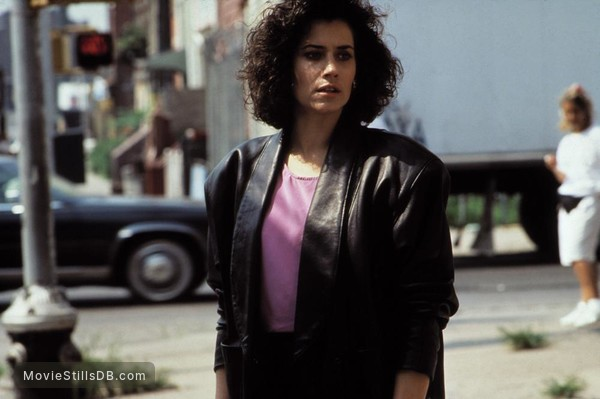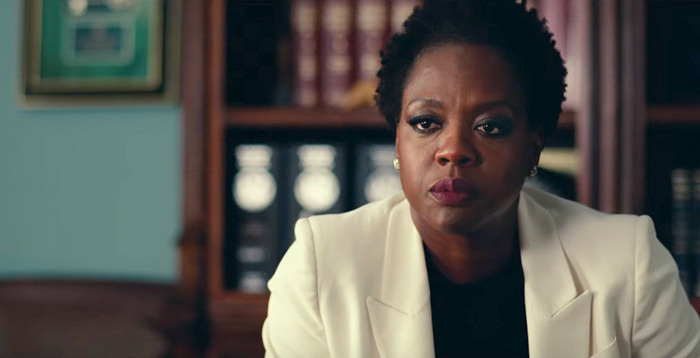How Has Women's Portrayal In Storytelling Changed Over The Years?
- Marcus Alexis
- Nov 10, 2021
- 3 min read
Have you ever heard of the ‘Bechdel Test’?
Apparently it’s a very simple test that is used to determine female representation in fiction, and it only requires one to answer three questions:
1) Are there at least two women in film who have names?
2) Do these women talk to each other?
3) Do they talk about something other than a man?
This in hindsight seems like a very basic thing that you can’t imagine NOT happening in any of the present-day films. But we all know it always wasn’t this way. Since the earliest times women have been known to struggle to make their presence known; whether it be for political inclusiveness, united suffrage or even filmmaking. The key to having good female representation in a film resides well along with the fact that we need more women behind the lens, but we’re all aware of how much of a slow development has that been to come up.

Image: Alice Guy-Blache Source: Deadline
The first ever female director, Alice Guy-Blache directed over a 1,000 films from the years 189-1922 of which only a few survive today, she was also among the few women that were known to manage their own studio at that time and she’s been a known influence on many great personalities such as Alfred Hitchcock and Sergei Eisenstein. Her career came to an unfortunately abrupt halt with her divorce in 1922, after which she never made another movie. Many great personalities like hers get lost in the vast sea of history that is mainly dominated by men and even now, filmmaking is a profession largely influenced by men, but there have been steady improvements in recent times and continue to be.
In present times underrepresentation is deeply frowned upon and is a great determinant for a movie’s success, there have been studies to indicate that movies with a much more diverse crew turns out to be more successful than the ones which do not. And Bechdel test is often looked upon to determine the degree of female representation, but it’s not reliable enough. Both of the films: ‘Black Widow’ and ‘Goodfellas’ but the roles in which women are portrayed in both films is quite different. And as surprising as it might seem many of the very famous and highly grossing films don’t pass this test at all, this includes movies like the LOTR trilogy, The Avengers, The Social Network, and so on.
Although the representation of women in films and their involvement in filmmaking has been an issue, there isn’t a lot of research on it. One of such researches includes Dr. Martha Lauzen; she collected data of a good sample size and by applying thorough analytic techniques, produced some shocking statistics. There are 15 statistics that go beyond the singularity of this article as it covers topics of race, genre, age, and so on. Few of the statistics mentioned are as follows: the percentage of speaking female characters was only 35% back in 2018 when this study was originally conducted remaining 65% were the male characters as speaking persons. But thing are not that simple, delving deeper into the female portrayal it comes to our notice that it is deeply affected by ageism as you are more likely to see a woman in her 20s in a film as compared to women in their 40s unlike men.
There has been a progressive increase in minority representation since the past couple years and black female representation is at an all-time high although in the major grossing films prominent female characters are mostly white. Women are also not often portrayed as in-charge; the percentage of the women in the movies (2018) in which they were portrayed in leadership roles is 26% while the rest 76% being males, also the distinction that they are more likely to be depicted as social leaders as compared to criminal ones.
There was a clear prevalence to ‘women-supporting-women’ in this study as the female-led movies often constitute a more prominent female protagonist(s) as compared to the male-led ones. Along with these statistics, the study also explores other components that are worth checking out.
Since earliest times; women have been automatically looked upon as good wives, loving mothers, caretakers, and so on and while it is not wrong, it’s simply limiting to all the genders out there.
There are so many sides to all genders that are explored in many beautiful and vivid patterns if one just cares to look. I wouldn’t be able to draw proper comparisons between portrayal of women in classics such as ‘Roman Holiday’ or ‘Gentlemen Prefer Blondes’ and the romantic dramas/comedies we have today but we all know that we have improved somewhere along the way.
































Comments